When it comes to augmentative and alternative communication (AAC) systems/devices, an individual's sense of ownership of their AAC system is very important. It is a core principle that we integrate into our therapy practice every day!
For many, these AAC systems serve as the user’s speech output, their comprehensive language, and their primary communication system. Having a sense of ownership of this system increases one’s ability to maintain use and development of this system overtime. It is our, as the SLPs, responsibility to ensure that each language system we build for our students/clients is properly assessed, evidence-based and individualized to fit the individual being served. Caregivers also play large roles in supporting use of these systems across settings, since the SLP cannot be with the student/client 24/7. These are just some of the factors that increase the likelihood of AAC ownership.

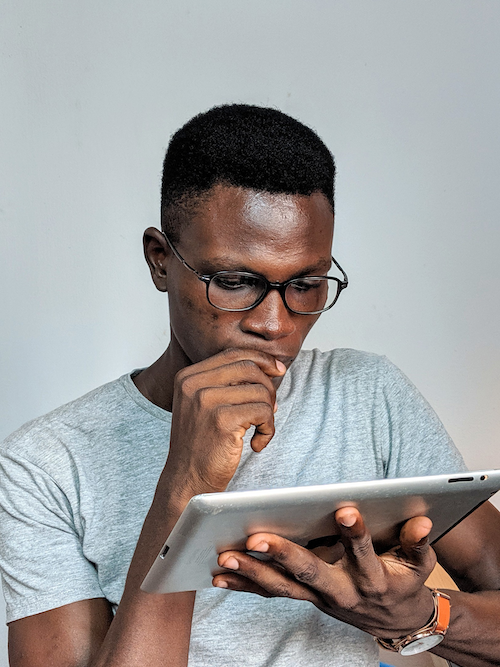
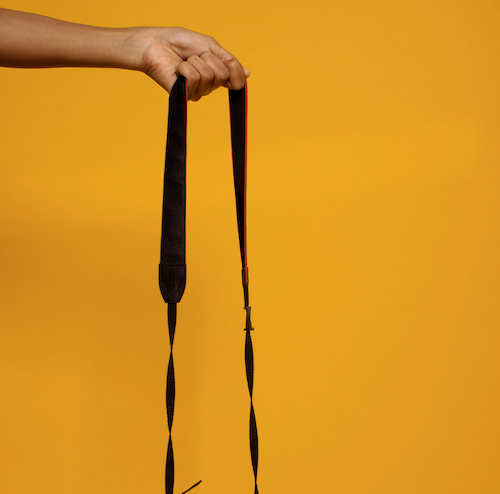
As SLPs, we LOVE to hear that a student/client is using their AAC system across settings and with multiple communication partners. But like, this is really great news. Why? Because it is increasing the individual's sense of ownership and consistency using their device. Which is why you might see speech therapists and occupational therapists working together to determine device accommodations (think: cases, straps, mounts) in order to make these devices more accessible across settings. Wouldn’t you agree that using or practicing any operating system for an increased amount of time every day would increase the likelihood of proficiency using that system? Take each new smartphone model for example. Over time, (most of us) have learned to operate each new technology by following models and/or continual practice. The more we take our phone with us from place to place and practice navigating through it, the better and more efficient we will become as users.
Let’s also be clear, across settings should not just mean within the school or program walls. We have to broaden the scope even further… it should include the home setting and all locations that the individual would frequent in their day-to-day lives. For most of us, we use language EVERYWHERE we go! Therefore, everyone should have a right to access that language wherever they may be.
Our recently posted article acknowledges how crucial operational competencies are when it comes to a user’s AAC system. When an individual demonstrates competencies like charging their device or using a strap and traveling with their device, this also greatly contributes to the individual’s sense of ownership. The two often go hand-in-hand. This is why we as therapists who treat AAC users every single day ensure the development of their operational competencies as well. Caregivers should encourage this competency rehearsal too (remember how use across settings, like the within home is oftentimes key!?) and facilitate opportunities to elicit language by use of these systems.
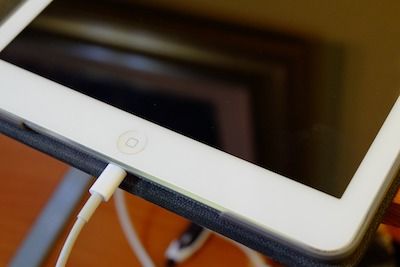
When we as therapists fail to support one’s ownership and stress to caregivers the same principles, this can increase the potential AAC abandonment with the user. ASHA defines abandonment (as it relates to AAC) as when an individual has stopped using an AAC device, even though one is still needed. And research states that this occurs within approximately ⅓ of cases (insert very sad face here). So let’s do our part as SLPs and caregivers to support this sense of ownership and access to communication!
Citations/further resources
https://www.asha.org/PRPSpecificTopic.aspxfolderid=8589942773§ion=Key_Issues


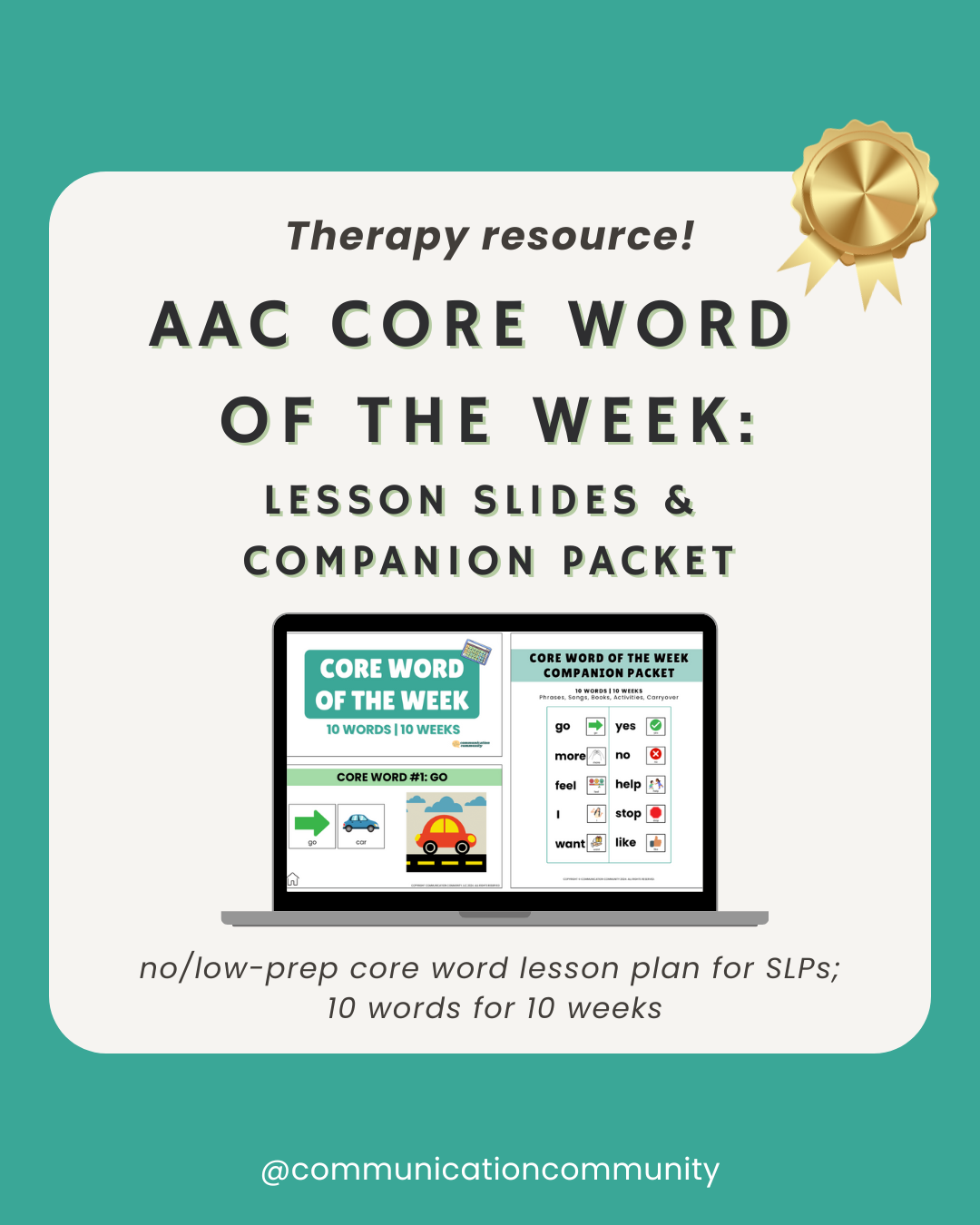
![How to Write AAC Goals [with goal bank]](https://www.communicationcommunity.com/content/images/2024/03/How-to-Write-AAC-Goals---ghost-cover.png)
![How to Write Neurodiversity-Affirming Speech Therapy Goals [with goal bank]](https://www.communicationcommunity.com/content/images/2023/12/How-to-Write-ND-Goals---ghost-cover.png)
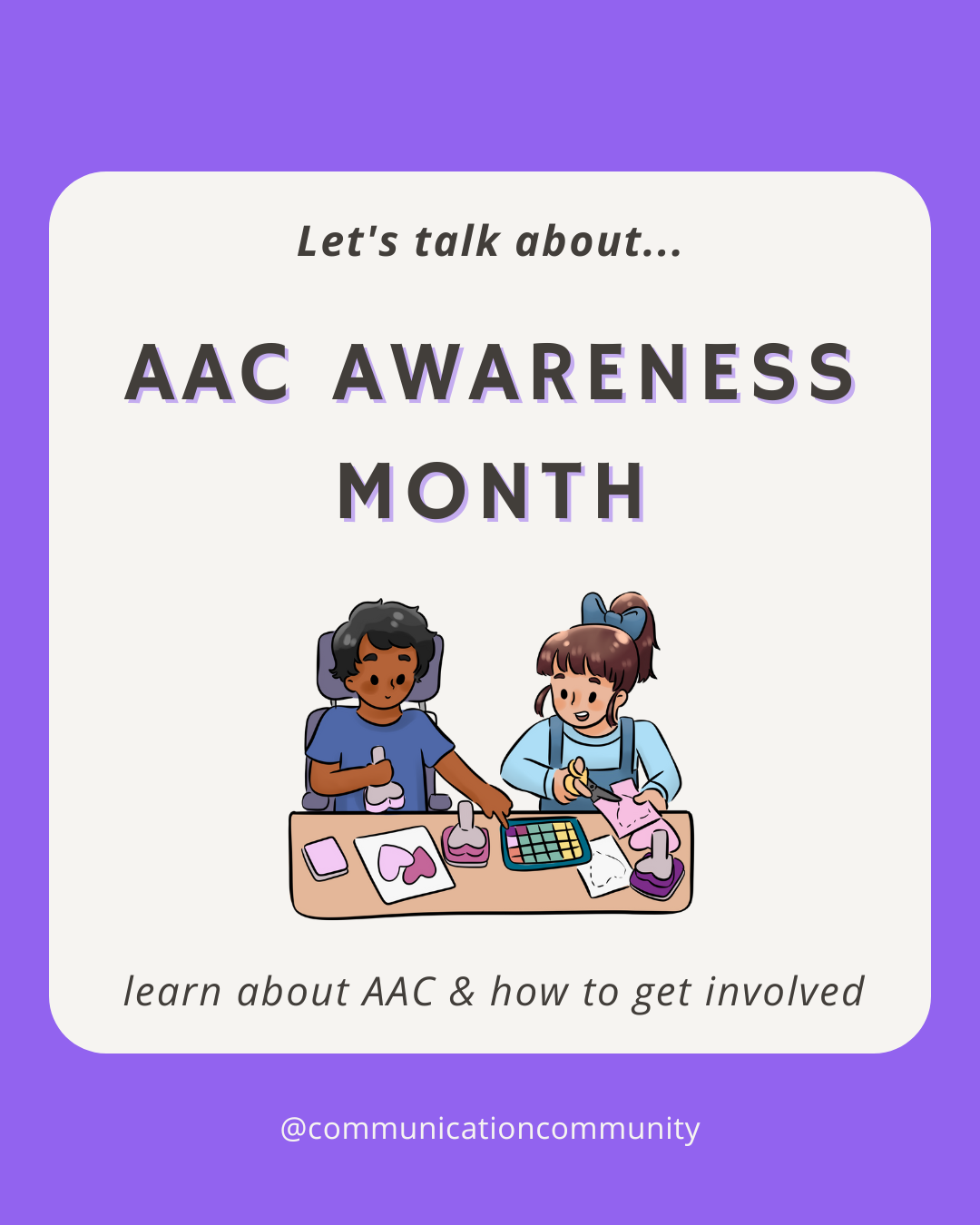
![What is Modeling Without Expectation? [AAC resource]](https://www.communicationcommunity.com/content/images/2023/03/1.png)
